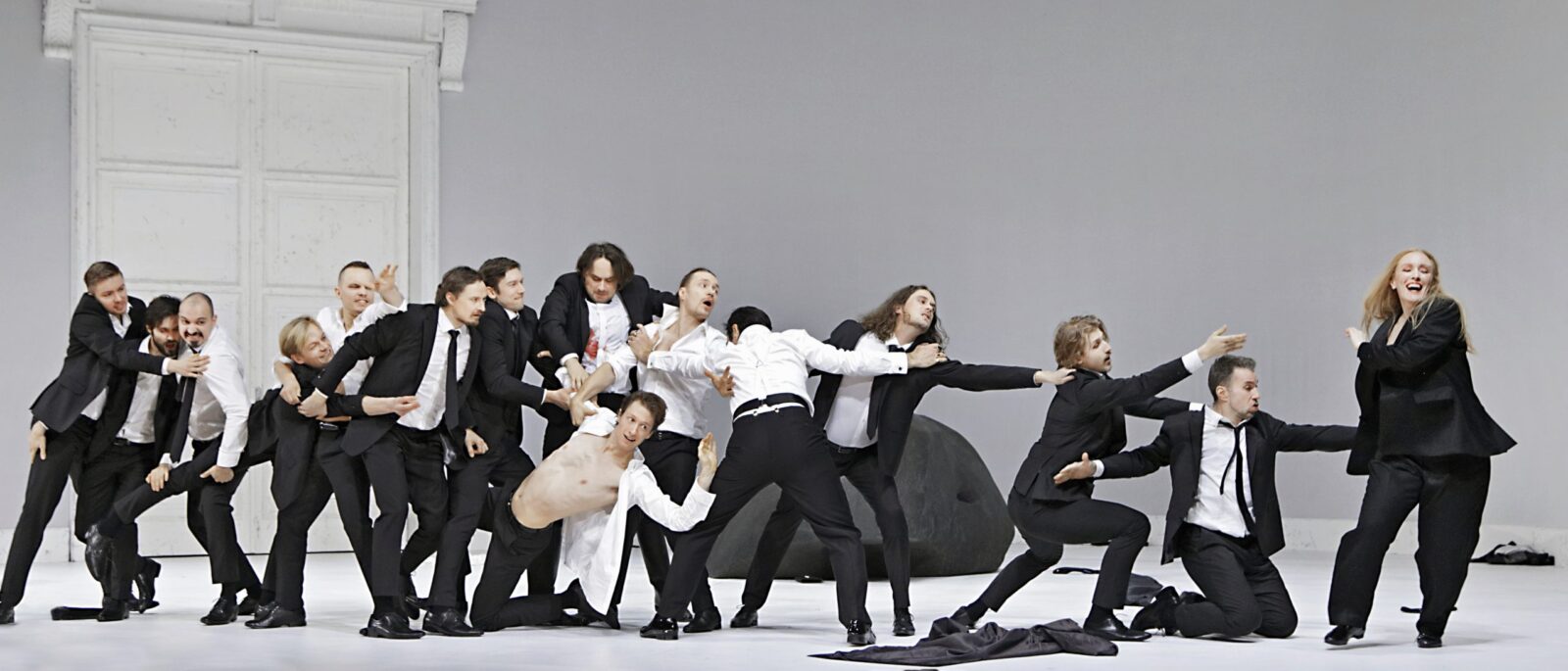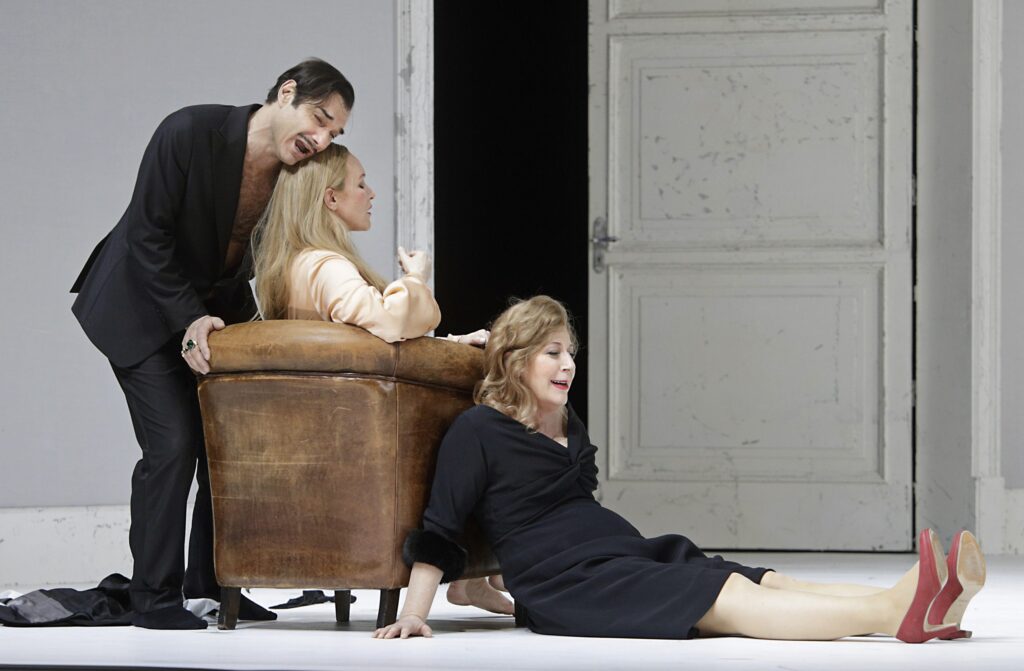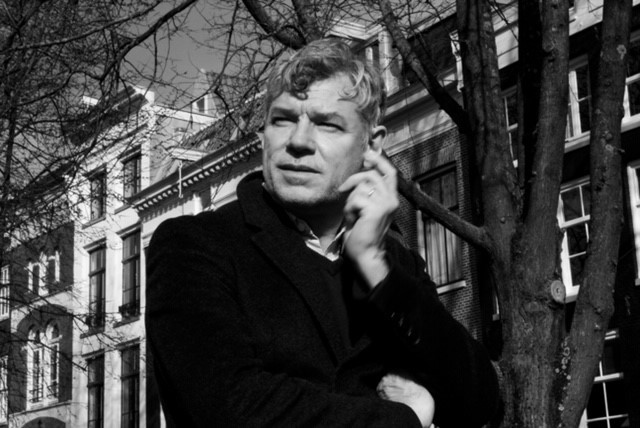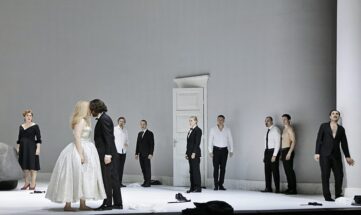

“Strauss’s music reveals Salome’s innocence”
The world premiere of Salome in Dresden in 1905 was both a success and a shock. Has the piece maintained it’s startling nature? Director Christof Loy shares his thoughts about this operatic masterpiece.
”I saw Salome for the first time when I was quite young, but I remember very well what a huge impact its ending had on me. The scene about a woman and a bloody severed head seemed confusing and in contradiction to the incredible beauty of the music. Throughout my director career I’ve been waiting for the right moment to create my version of Salome and dig deeper into that contradiction.
The story of Salome is typical of Richard Strauss, and his work reflects a special understanding of complex female characters. On a general level, Salome revolves around a patchwork family: Herodias is the mother of the family, Herod is her second husband and Salome’s stepfather. The tensions are there from the very start, as it becomes clear that Herod is more interested in his stepdaughter than in his wife.
Another central character, of course, is the prophet Jochanaan, who defiantly accuses nearly everyone of being a sinner and seems to push sensuality as far away as he can. This multi-layered character produces more questions than answers. There is a huge longing within him, and it’s difficult to say whether he needs love, sex, or perhaps some kind of a spiritual, mystic love or a higher power. The character of Jochanaan adds a deeper dimension of love and death into the story.

Salome was first seen as a play by Oscar Wilde in Paris in 1896. Wilde was a humane and loving man, and it is unlikely that he’d have wanted to make Salome an image of the femme fatale, only defined by her gender or sexuality. Personally, I see Salome as a human being who certainly recognises how men react to her, but who also tries to hide her sexuality. Above all, she is sharp, intelligent and witty, though these characteristics of hers have been belittled through the ages.
The world premiere of Salome in Dresden in 1905 was both a success and a shock. Though presenting strong female characters on the opera stage was fashionable at the time, in Salome the architype of the femme fatale was taken to extremes on many levels. Salome took matters into her own hands. She was a young girl who controlled the people around her and determined not only her own fate but also that of a man, Jochanaan.
The ruthless imagery, new to 20th century theatre and opera audiences, added an extra element to Salome’s scandalous reception. Jochanaan’s head on a silver platter must have been a shocking, even deplorable sight. In 2022 the scene has lost much of its significance, and even parodies of Salome running around the opera stage with a bloodied head in her arms are not uncommon. It was always clear to me that in my version, I wanted to free Salome from the Lolitaesque cliché of the femme fatale.

Besides the story, the music is an important source of inspiration to me. I have directed so many of Strauss’s works that I feel almost related to him. His music has a vast amount of levels, which deepen the meanings of themes that might initially seem simple. When you look at his score, you can easily find a natural purpose for everything that I direct onstage. Strauss was very adept at describing how contradictory we human beings are. That’s why composing for a story like Salome probably came naturally to him.
Oscar Wilde was an amazing observer of situations and behaviour. In Salome, he astutely describes how senseless people become when they fall in love or desire power, even though they refuse to admit it. This gives Wilde’s Salome a somewhat comic aspect: the comedy arises from the fact that something happens, followed by something else that may be its total opposite. This comedy has faded in the opera, as Strauss’s drama follows a different rhythm.
Comedy is also completely absent from the final scene of the opera, the monologue of Salome, with which Strauss adds depth to her character. The scene brings to light everything Salome has become in her environment: decadent and blood-thirsty, though she is still a young girl. The final scene is a kind of a cathartic process, which Salome undergoes to discover her feelings and her pure and bright soul. Strauss’s music reveals Salome’s innocence, the innocence of a genuinely wise human being. With this production I have aimed to solve the riddle that continued to puzzle me after I first saw Salome.”
Text PETRA RÖNKÄ
Production photos HEIKKI TUULI
Photo of Christoph Loy NICOLAS FRANCISCUS

